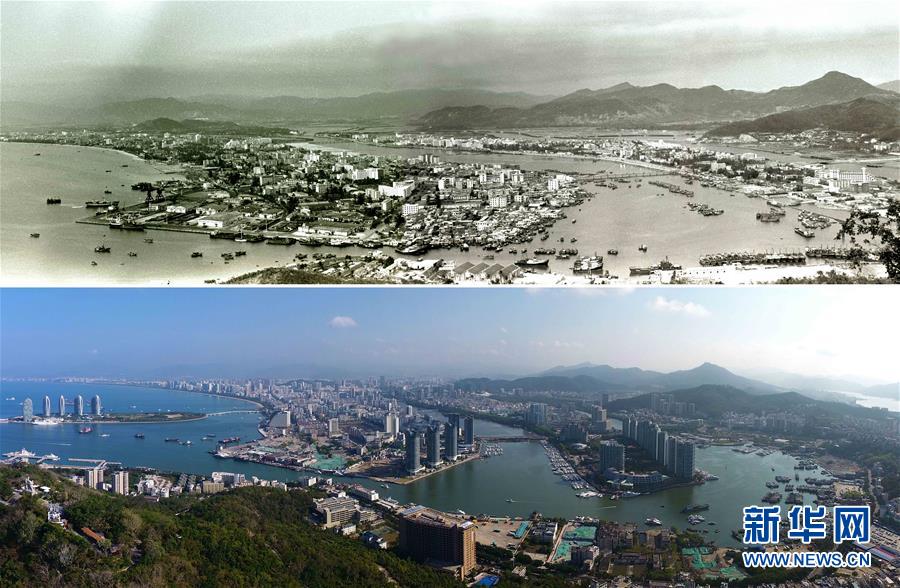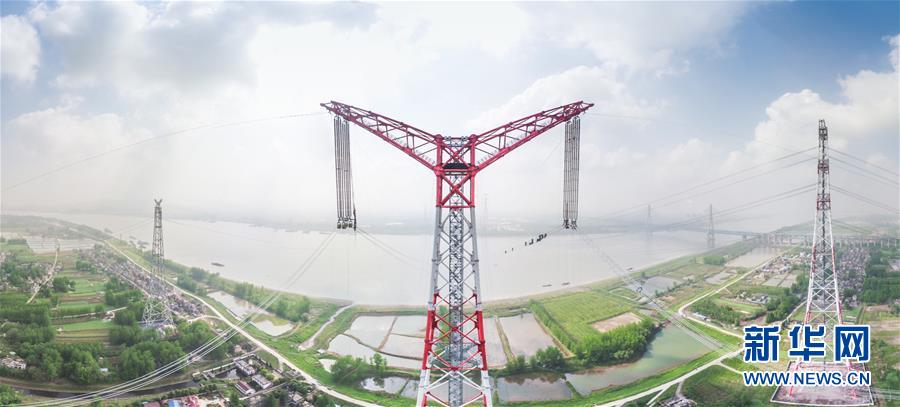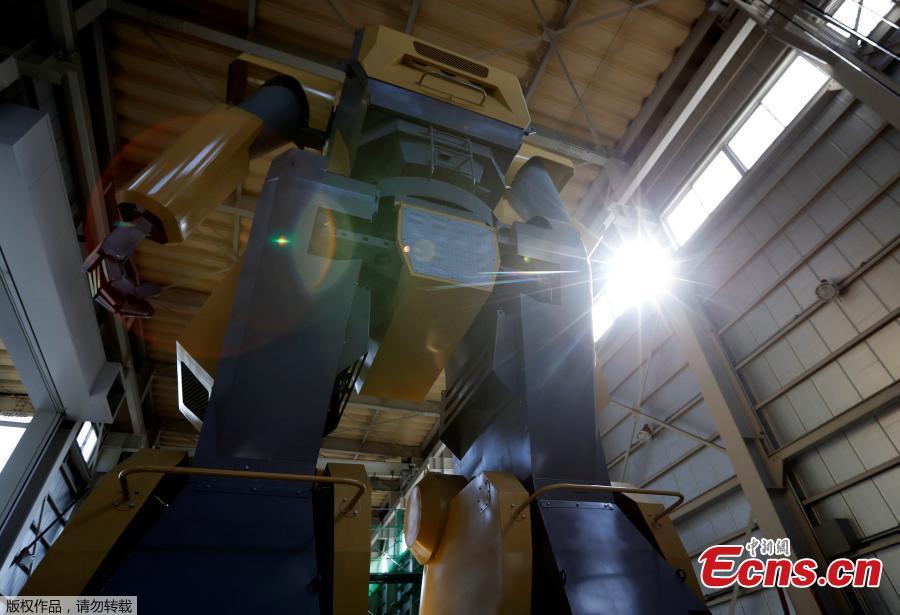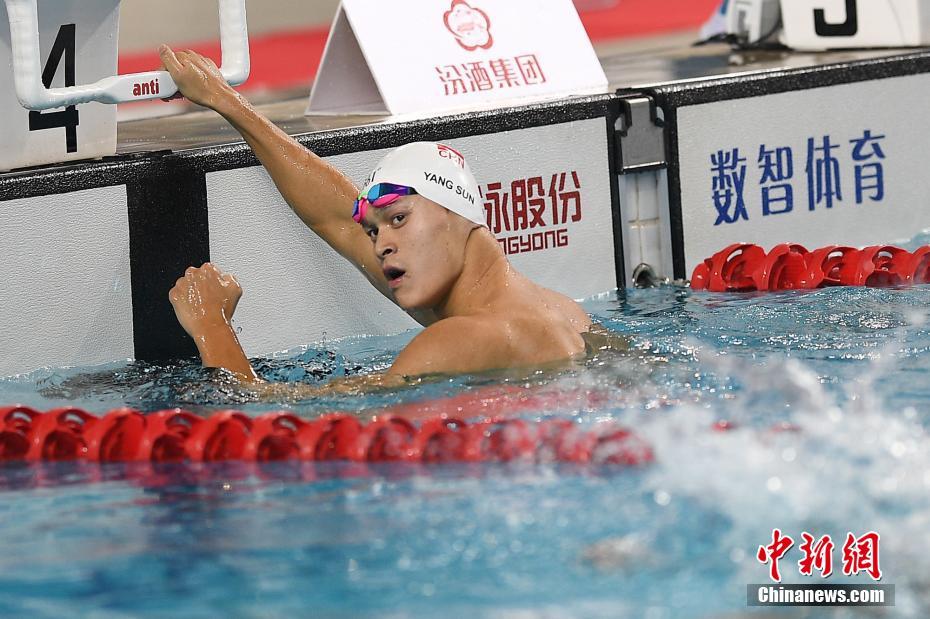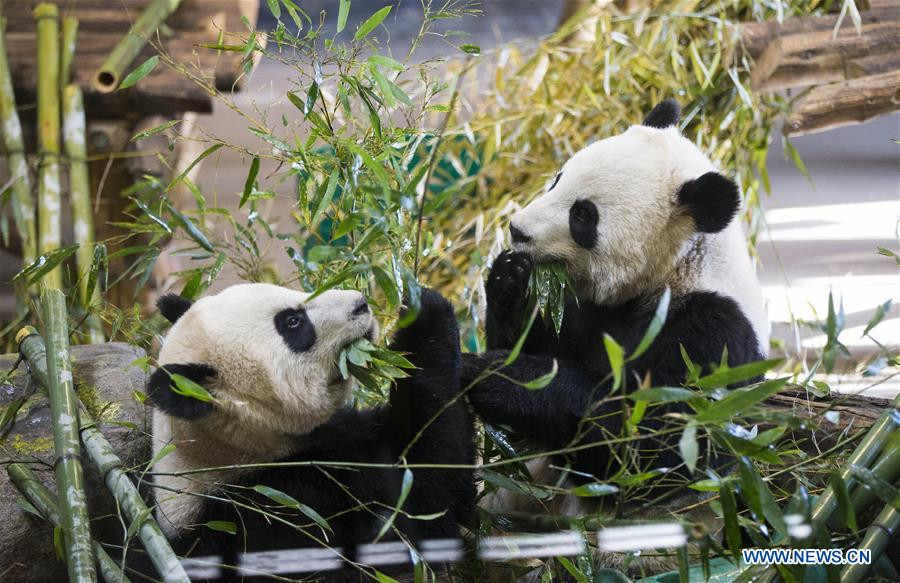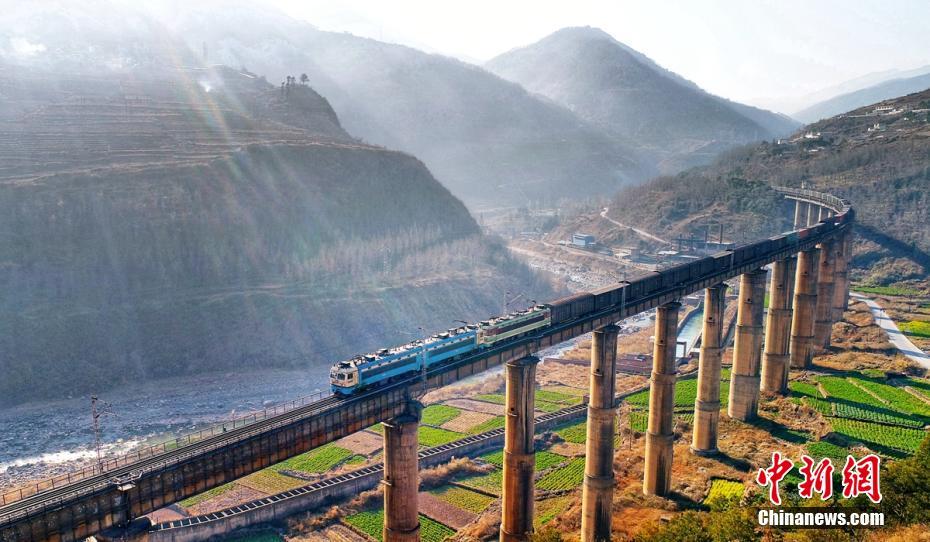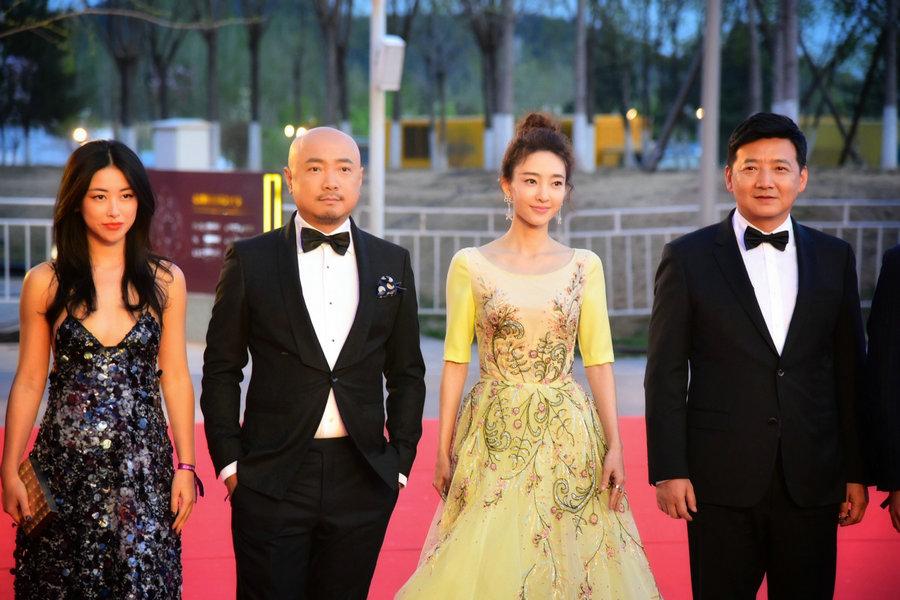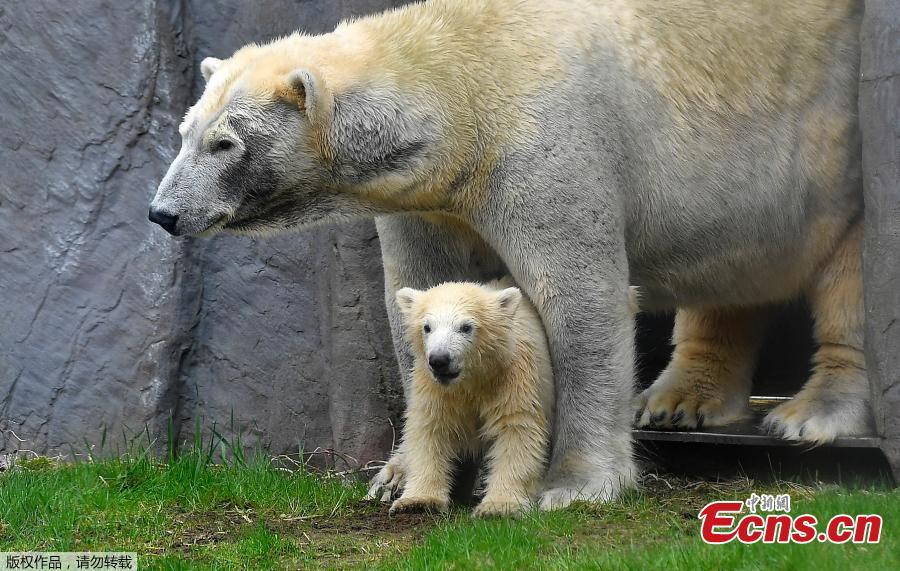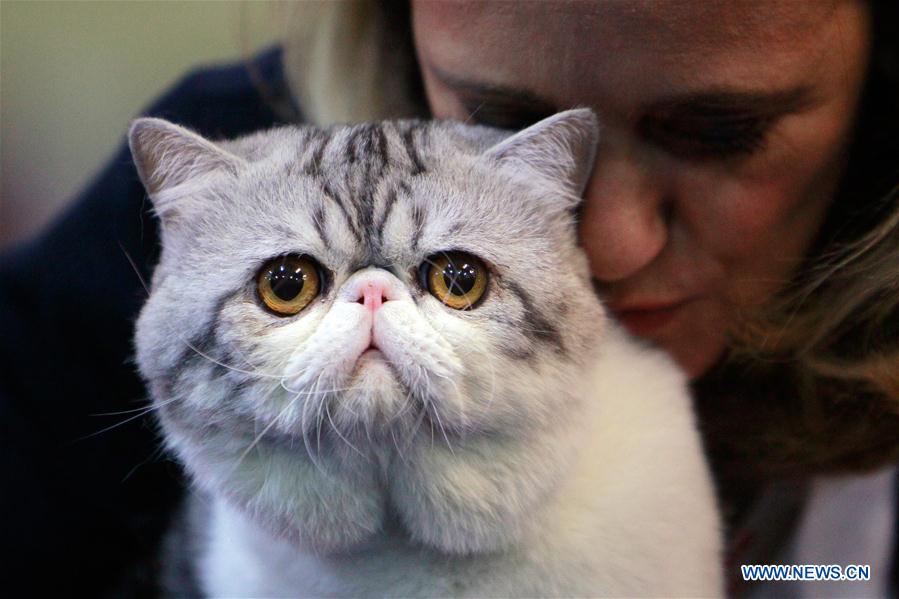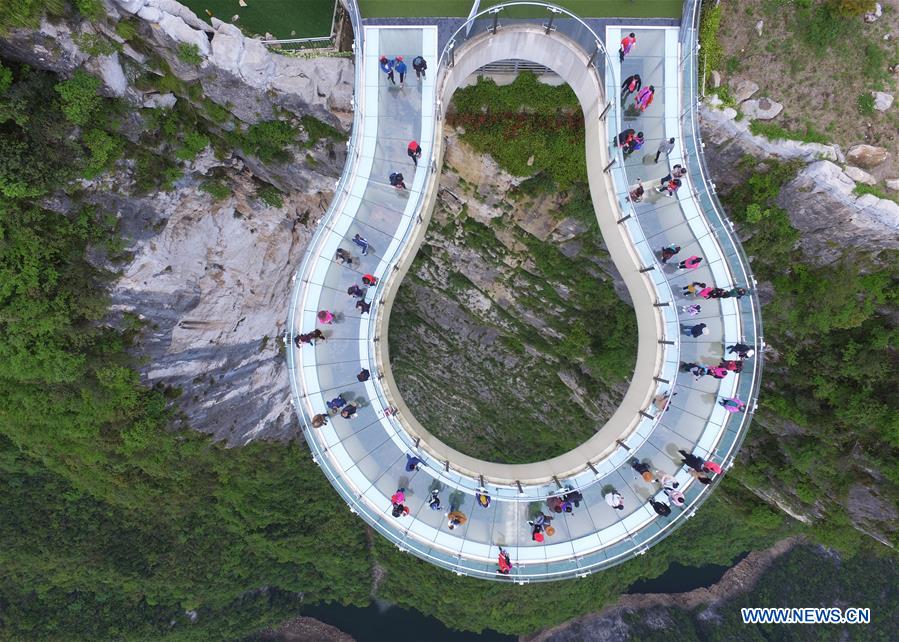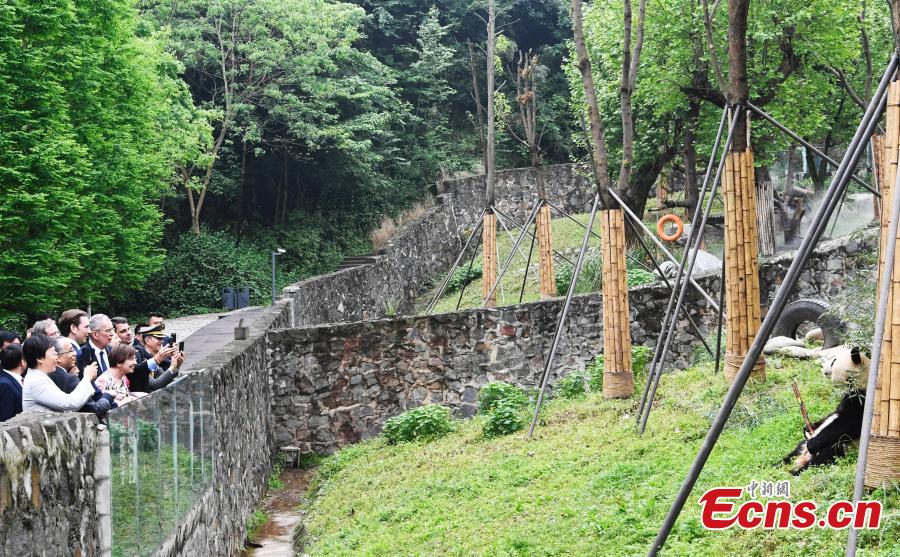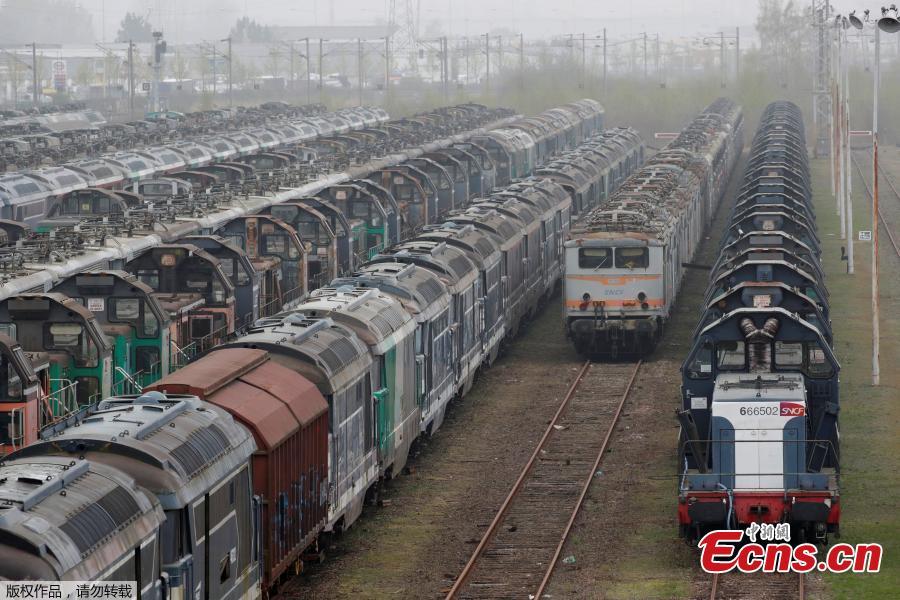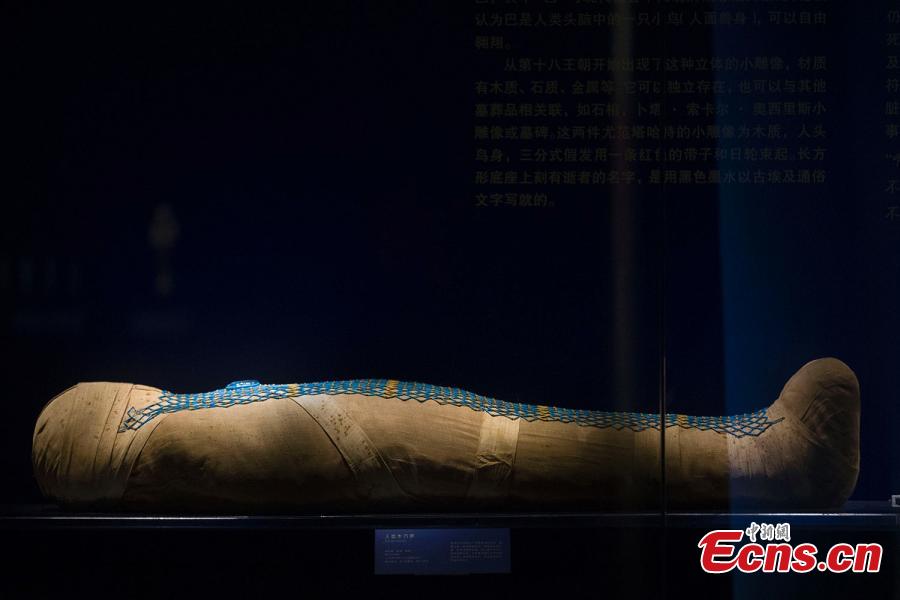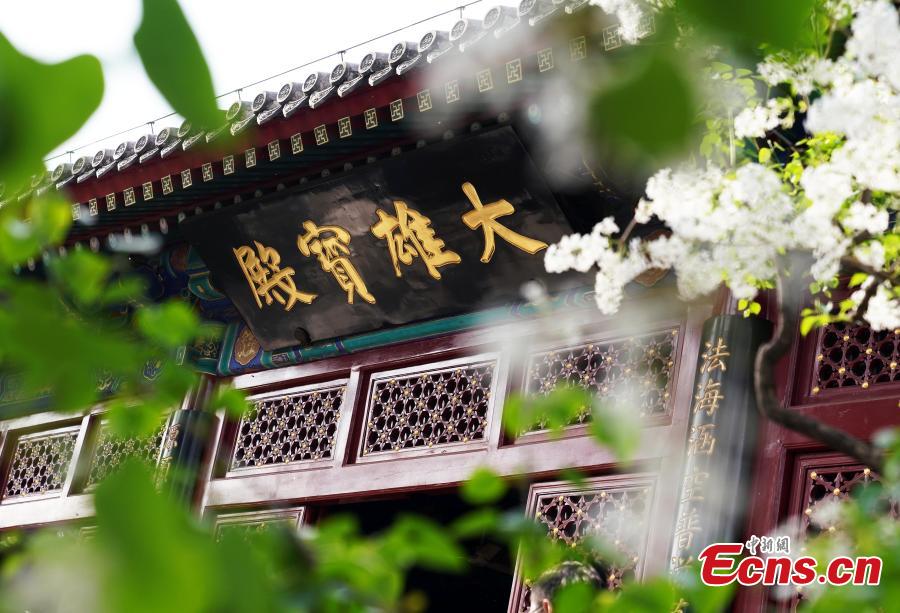China's increasing ability in technological independent innovation has promoted fast development of patent industry, according to an official from the National Bureau of Statistics.
The government and society have paid great attention to technological innovation and advancement in the past decades, said Zhang Zhongliang, director of the bureau's social science, technology and cultural industry department.
Chinese leaders said "science and technology constitute a primary productive force" as early as 1988 and aimed to build an "innovative country" in 2006. In recent years, President Xi Jinping has emphasized many times "innovation is the primary engine of development" and set "innovation-driven" as a strategic plan for the country's development.
The nation's 1.4 billion population and improving education system provide strong human resource support for technological innovation, Zhang said. China topped the world in total investment of R&D personnel in 2013 with 3.53 million people per year and it increased to nearly 4 million people per year in 2017. The number of daily new registered enterprises surpassed 16,000 last year, up from 15,000 a year earlier.
Sustainable development of economy also provides adequate financial support for technological innovation, according to Zhang. China became world's second-largest country in research and development investment in 2017 with 1.75 trillion yuan ($278.5 billion), accounting for 2.12 percent of GDP and surpassing the average number of 15 European countries.
Chinese companies have become the main force for technological innovation and over eighty percent of research and development investment comes from enterprises in 2017. Some companies such as Huawei have emerged as industrial leaders in research and development.
Compared to developed countries, relatively low industrial concentration forced Chinese companies to enhance technological innovation speed, Zhang said. Statistics of production capacity in steel industry indicate that the industrial concentration of top 4 large enterprises in the United States and Japan is above 70 percent; while the industrial concentration of top 10 Chinese enterprises is less than 40 percent.
Low industrial concentration leads to fierce competition and forces enterprises to promote development with technological innovation, Zhang said. Statistics shows that over 40 percent of the country's industrial enterprises with annual revenue from their main business operations of 20 million yuan or more has technological innovation activity and investment.
Sound industrial foundation and complete supporting system provide a good industrial support for technological innovation and one of the world's largest consumption markets makes the implementation of innovation more convenient in the country, Zhang added.
Statistic shows that China had the world's largest number of invention patent applications in 2011 and the number for last year was 1.328 million in 2017. With 49,000 international patent applications, China became the largest source of patent applications filed under the World Intellectual Property Organization's Patent Cooperation Treaty in 2017. The total number of China's international technological thesis has maintained world's second for nine consecutive years and the quoted quantity of the thesis also jumped to world's second in 2017, surpassing Germany and Britain.
China's technological advancement has benefited from the country's reform and opening-up policy, Chinese companies' technology import and foreign companies' technology spillovers. China not only pays for $30 billion fee for technology transfer annually but also contributes huge sales revenue for foreign companies with its ever expanding market, so China's technological advancement is a win-win game for the world economy, Zhang said.









